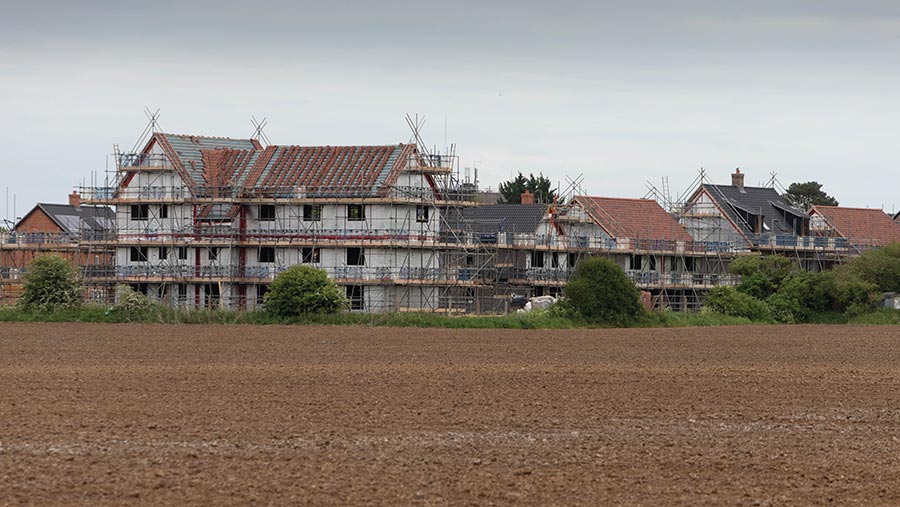Business Clinic: Should I respond council’s planning request?
 © Tim Scrivener
© Tim Scrivener Whether you have a legal, tax, insurance, management or land issue, Farmers Weekly’s Business Clinic experts can help. Here, James Cordery of Carter Jonas advises on the process for designating land for development through the local planning process.
Q My local council has recently advertised a call for sites exercise. I own land on the edge of the village and I am keen to explore the development potential. I am nervous about the costs though and do not fully understand the process. What would you suggest?
A call for sites is the first stage of a council’s local plan-making process. It is a request to landowners to submit land available for development. In response, the council will produce a schedule of all sites submitted, with its assessment of the development potential of each.
This document, usually known as a Strategic Housing and Economic Land Availability Assessment (Shelaa), is then used by councils to identify housing and commercial development land that is “available, suitable and deliverable”.
See also: Business clinic -What to know when renting out cattle housing
Councils forward with proposals concerning the requirements, vision, and location for planned development growth in a new local plan.
They must then consult on such proposals, at least twice, before a final public examination where an inspector must find the plan “sound” before it can be adopted.
Once adopted, the new local plan will formally allocate land. If your land is allocated, you would still need to obtain planning permission before being able to begin construction or realise development land value from your land through a sale.
There is a common misconception that the timescales for local plans limit the opportunity for realising development potential.
The truth is, since the introduction of the National Planning Policy Framework and localism, councils are required to review their local plans at least every five years and communities are writing neighbourhood plans.
This will invariably result in an opportunity to promote your land for development.
A call for sites exercise is a cost-effective opportunity to get an initial view from the council of your land’s development potential. A positive review can add credibility to the development prospects of land.
For the cost involved (usually only hundreds of pounds), this level of planning promotion can add real value to land before the heavy lifting of a planning application is required.
Your council will specify the information required, but typically this will include detailing land ownership, potential constraints to development, and when you think the land might be available for development – preferably within the next 15 years.
It is also worth noting that, as local plans are reviewed, councils will reconsider all sites, even those previously ruled out.
It is also worth considering taking forward the planning promotion yourself. This could appear the best strategy to ensure you maximise your return, although the significant investment required, and risk profile, may be unappealing and problematic.
There are several alternatives, including securing a development partner, through a conditional sale, an option or promotion agreement.
Such a partner will bring expertise and funds to promote the land, in exchange for a share of the sales proceeds once planning permission is secured.
Do you have a question for the panel?
Outline your legal, tax, finance, insurance or farm management question in no more than 350 words and Farmers Weekly will put it to a member of the panel. Please give as much information as possible.
Email your question to FW-Businessclinic@markallengroup.com using the subject line “Business Clinic”.

